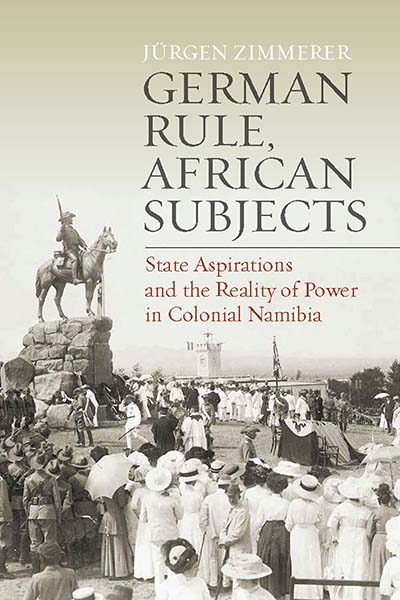
Īrmed with guns, the Oorlams caused instability as more and more came to settle in Namaqualand and eventually conflict arose between them and the Nama. Known as Oorlams, these Khoisan adopted Boer customs and spoke a language similar to Afrikaans. In the 19th century white farmers, mostly Boers, moved further north, pushing the indigenous Khoisan peoples, who put up a fierce resistance, across the Orange River. An apology was sought in more recent times. During German occupation of South West Africa about one third of the population was wiped out in a genocide that continues to provoke widespread indignation. A number of tribes remained in Kaokoland: these were the Himba people, who are still there today. First they resided in Kaokoland, but in the middle of the 19th century some tribes moved farther south and into Damaraland. They came from the east African lakes and entered Namibia from the northwest. They rarely ventured south to the central parts of the country, since the conditions there did not suit their farming way of life, but they extensively traded their knives and agricultural implements.ĭuring the 17th century the Herero, a pastoral, nomadic people keeping cattle, moved into Namibia. Both groups belonged to the Bantu nation. Being settled people they had an economy based on farming, cattle and fishing, but they also produced metal goods. The Ovambo, and the smaller and closely related group Kavango, lived in northern Namibia, southern Angola and, in the case of the Kavango, western Zambia. In contrast to the San and Damara, they lived on the livestock they bred themselves. The Nama only settled in southern Africa and southern Namibia during the first century B.C. It is dubitable whether the San (Bushmen), who alongside the Damara are the oldest ethnic group in Namibia, were the creators of these paintings. There is no reliable indication as to which ethnic groups created them. In the Brandberg Mountains, there are numerous rock paintings, most of them originating from around 2000 B.C. Findings of Stone Age weapons and tools are further proof that a long time ago early humans already hunted the wild animals of the region. A fragment of a hominoid jaw, estimated to be thirteen Million years old, was found in the Otavi Mountains. The painted stone plates that exist from that time not only prove that these settlements existed, they also belong among the oldest works of art in the world. 4.3 Involvement in conflicts in Angola and DRCĪs early as 25 000 B.C., the first humans lived in the Huns Mountains in the South of Namibia.



1.5 European influence and colonization.Legal argument ensued over the course of the next twenty years until, in October 1966, the UN General Assembly decided to end the mandate, declaring that South Africa had no further right to administer the territory, and that henceforth South West Africa was to come under the direct responsibility of the UN (Resolution 2145 XXI of 27 October 1966). South Africa objected arguing that a majority of the territory's people were content with South African rule. Following World War II, the League of Nations was dissolved in April 1946 and its successor, the United Nations, instituted a trusteeship system to reform the administration of the former League of Nations mandates and clearly establish majority rule and independence as eventual goals for the trust territories. After the First World War, the League of Nations gave South Africa a mandate to administer the territory. The history of Namibia has passed through several distinct stages from being colonised in the late nineteenth century to Namibia's independence on 21 March 1990.įrom 1884, Namibia was a German colony: German South West Africa.


 0 kommentar(er)
0 kommentar(er)
